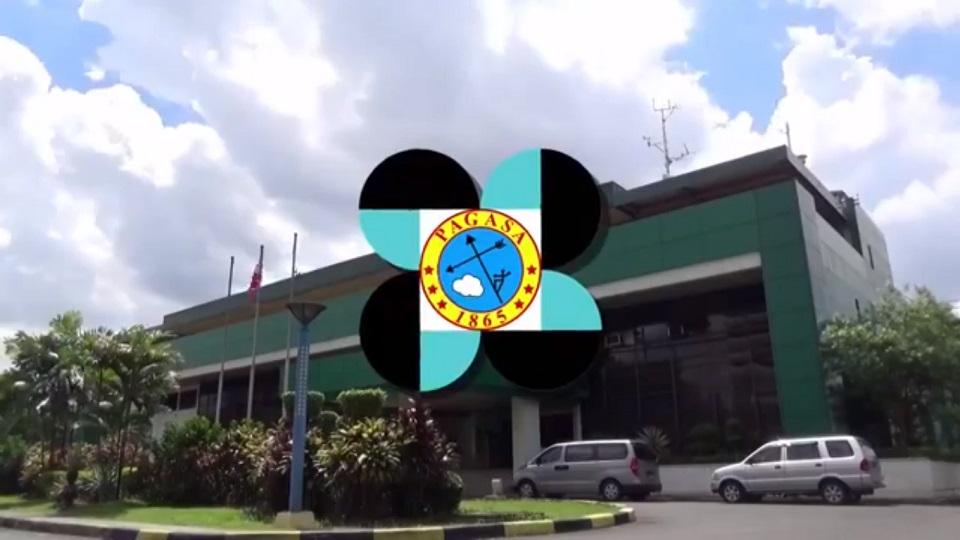Senators urge PAGASA to make weather forecasts more accurate, understandable

Several senators called on the Philippine Atmospheric, Geophysical and Astronomical Services Administration (PAGASA) to make its weather forecasts more accurate and understandable to the public.
The lawmakers raised concerns in the current information dissemination system of PAGASA during the continuation of the Senate plenary deliberations on the proposed 2025 national budget.
It was Senate Majority Leader Francis Tolentino who first raised this concern, noting that the state weather bureau has been using terms that are not easily understood by the public.
"Ang tinatanong po ng ating mga kababayan, hindi po ba natin pwedeng mapa-simplify 'yung ating mga weather bulletins na madaling maunawan na instead of 'Intertropical Convergence Zone, Orange Rainfall Warning,' sabihin na lang na 'Sa ganitong oras babagsak ng dalawang libong drum na ulan sa lugar na ito at nag-iisyu kami ng babala na kayo ay lumikas na.' Can't we simplify the weather bulletins?" Tolentino asked.
He pointed out that these weather bulletins are being followed by the parents of students and government offices.
Tolentino even suggested PAGASA to issue weather bulletins in different Filipino languages.
"Kung pwedeng gawin itong Bisaya, Ilokano, Kapampangan, Bikolano," the majority leader said.
Senate Minority Leader Aquilino "Koko" Pimentel III also echoed Tolentino's call, saying the current rainfall and wind signal warnings bring confusion to the public particularly to students who are being affected by class suspensions.
He cited the recent suspension in Metro Manila following the raising of Signal Number 1 due to severe tropical storm Nika, but there was no rain last Monday.
"Maraming parents na-disappoint na kasi your alarms, I think are used by the LGUs. The LGUs are the ones deciding whether to declare kung may pasok o walang pasok," he said.
"Nu'ng recent… Nika, maganda na ang panahon sa Metro Manila eh so 'yung isang father nag-react sa akin na bakit ganon. How can PAGASA get it so inaccurately or so wrong? You declared yata [signal number] one. Tsaka, why are we using colors? I mean there is no color na naturally linked with alarm," he added.
Pimentel went on and said, "The appeal siguro na lumalabas ngayon sa exchanges natin is to further rationalize it given the feedback from experience."
Senator Juan Miguel "Migz" Zubiri, who defends the budget of PAGASA, agreed with Tolentino and Pimentel that the forecasting system is "quite confusing."
PAGASA, through Zubiri, said that "they'll come up with a more simplified methodology that will be understood by the Filipino masses."
"They are trying to change the terminology now to tell the people what will happen," Zubiri added.
Zubiri also mentioned the lack of doppler radars in the country, which contributed to the lack of accurate information with regard to rainfalls.
These radars, he said, can distinguish the amount of rainfall within a 450 kilometer radius.
According to Zubiri, only 11 out of the 19 doppler radars of PAGASA are functioning as the eight others are already "busted."
Each doppler radar costs around P250 million.
"It's expensive kasi to repair and replace doppler radars. Astronomical 'yung cost ng repair ng doppler radar... Alam ko sinisisi po natin ang PAGASA and minsan sinasabi natin na walang pag-asa ang PAGASA, pero they are only as good as the equipment that they have and I feel sorry also for them... nakikita po natin na kulang," Zubiri said.
In 2024, Zubiri said, PAGASA was only given P250 million for the installation of one doppler radar for Hinatuan, Surigao del Sur. In 2023, PAGASA was given funding for the installation of the same in Iloilo.
"Kung serious po tayo na gusto natin i-improve 'yung weather prediction of our PAGASA, sana naman 'yung DBM – alam ko hindi naman natin kaya kasi we have a very limited fiscal space here – but when the NEP comes out, dagdagan sana nila yung budget for the improvement of the doppler radars," he said.
In ending the discussion, Pimentel asked PAGASA to provide a written report on the eight non-functioning doppler radars which include details on the year of procurement, the supplier, and the technology that was used.
PAGASA has used the rainfall warning system since 2012 to help communities prepare for possible disasters.
This is different from the Tropical Cyclone Wind Signal (TCWS) which is a plain text warning on a particular land area that may experience winds of at least strong breeze in strength on the Beaufort Scale (i.e., 39 km/h, 22 kt or higher) within at most 36 hours from the time the signal is put into effect during the passage of a tropical cyclone. — BAP, GMA Integrated News




